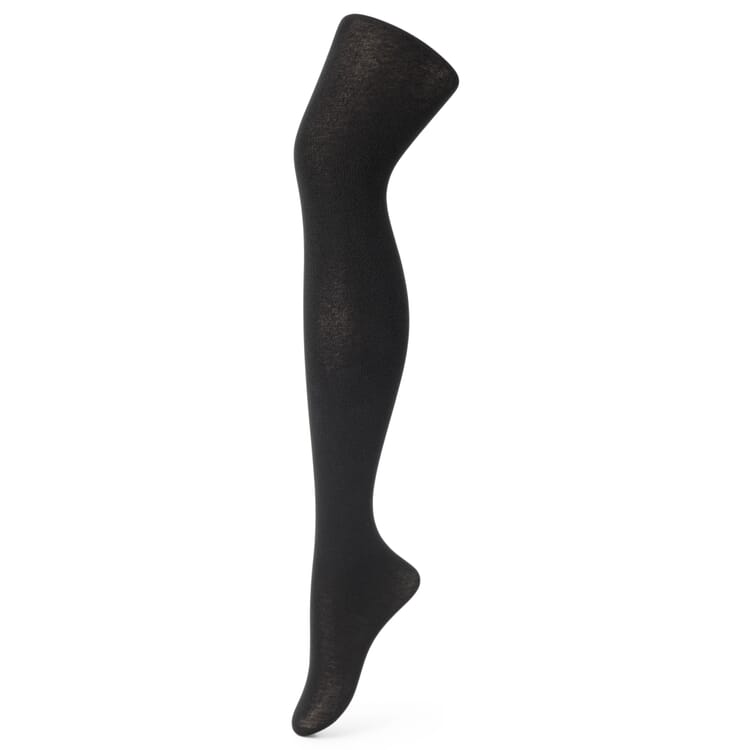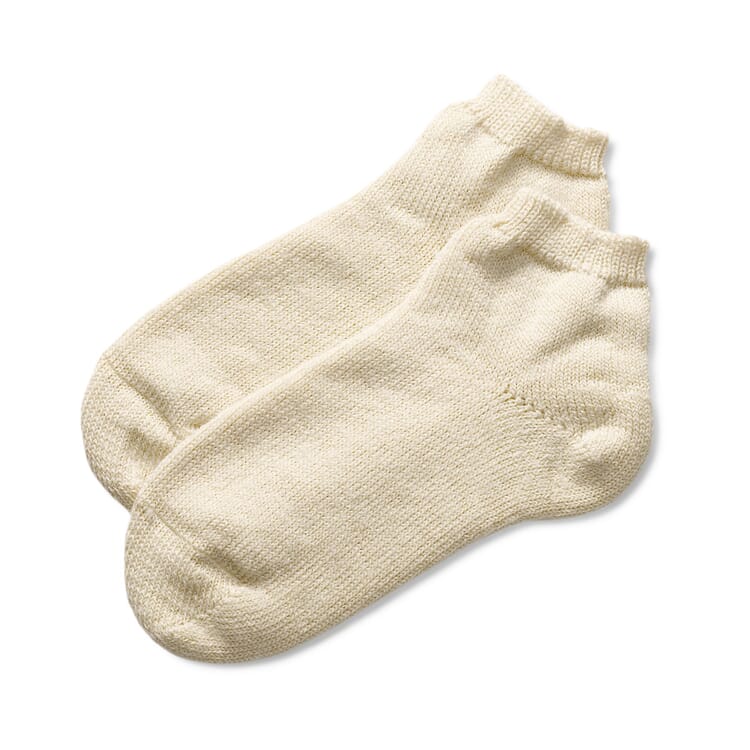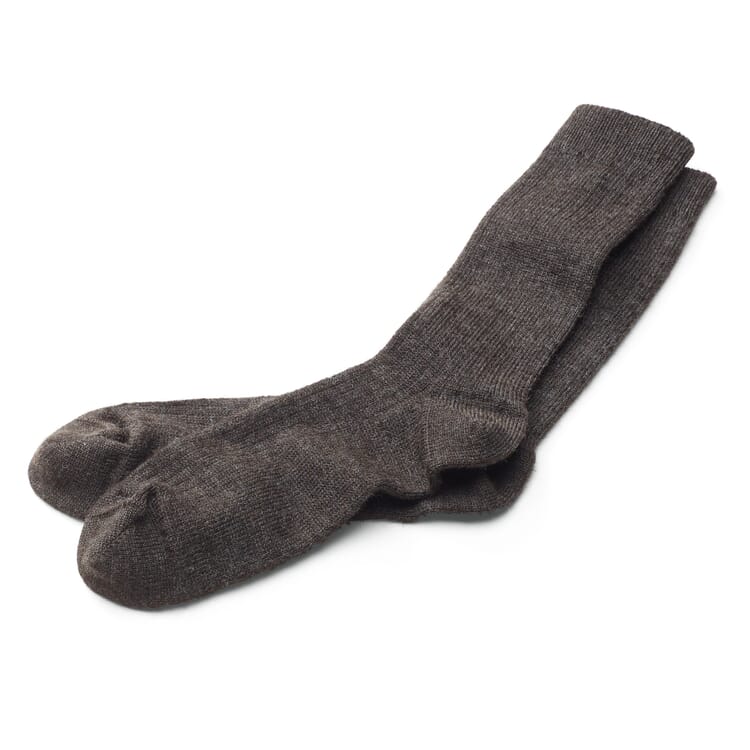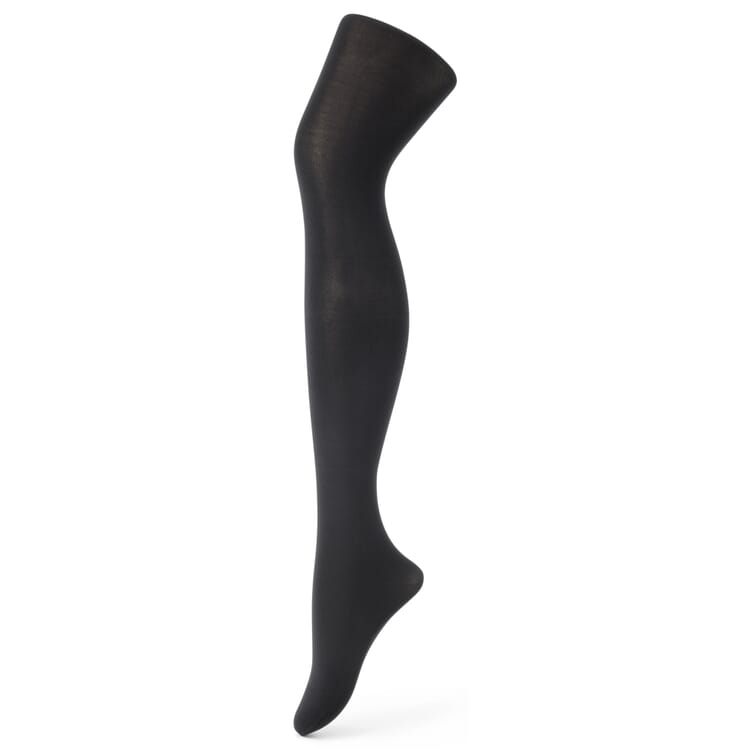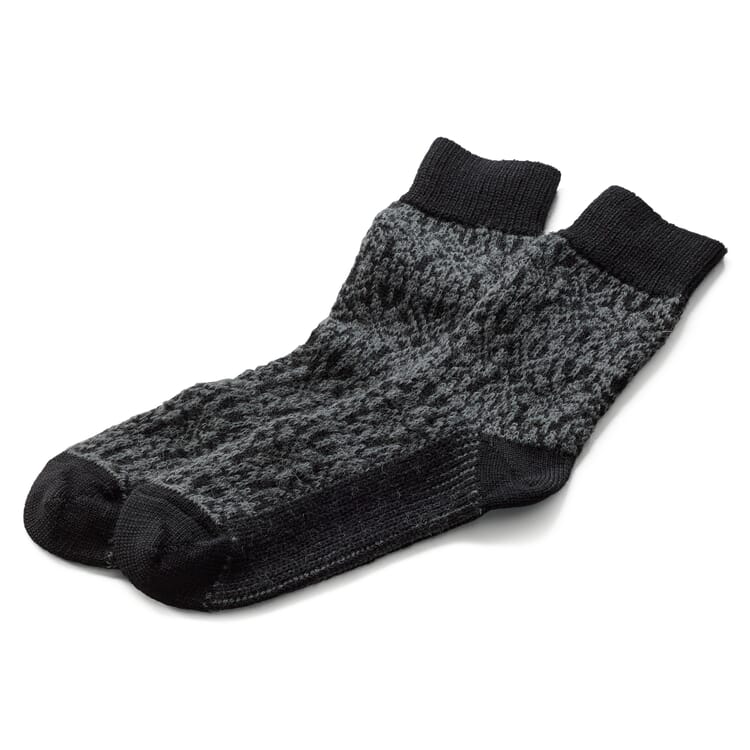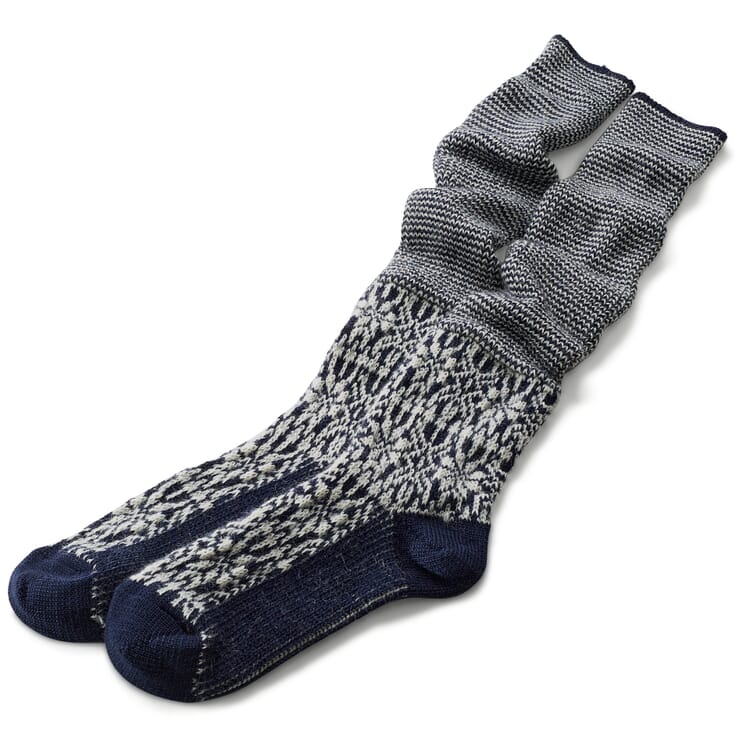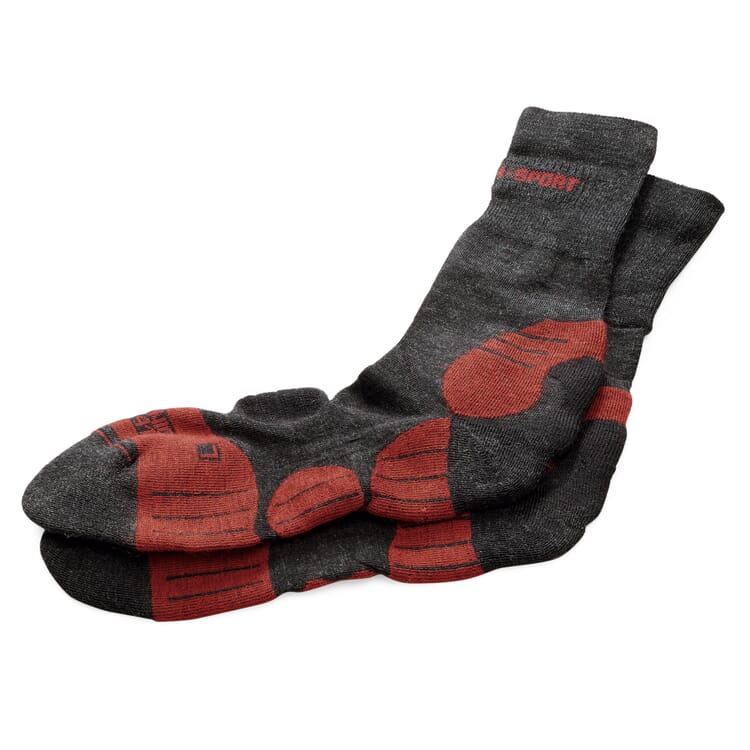Wool socks - the air conditioner for the foot
Once put in a drawer, it is difficult to get out again. This also applies to wool socks. The labels "for cold ladies' feet" and "winter sports" stubbornly cling to them. And even though both of these are veritable fields of application, wool socks can do so much more. Not only the freezing woman, but also the foot-transpiring husband is well advised with socks made of wool: Like a natural air conditioner, the natural material warms on cold days and protects against excessive sweating in the heat. With this in mind: open the drawer, get out the wool sock. In your head and in your closet.
Wool socks at Manufactum
Now don't get cold feet.
Wool socks as a panacea for cold feet are and remain the classic application. Contrary to a widespread misconception, it is not the wool itself that warms, but the air trapped inside it. Up to 85% of the total volume of a wool fabric consists of air bubbles trapped between the fibers, which act like a cushion and do not let body heat out. In fact, apart from the hands and nose, it is usually the feet that suffer first from falling temperatures, quite independently of any clothing. When resources are limited, the body automatically prioritizes and directs the remaining heat to the parts of the body that need it most: the vital organs. And as hard as it sounds - from this point of view, feet are dispensable. Only those who protect them in advance with insulating wool socks can effectively prevent them from cooling down. And without the unpleasant side effect of a moist biotope between the toes, which many other materials have on offer as a free bonus to their thermal performance.
In dry cloths. With wool socks against sweaty feet.
Unlike cotton or even synthetic fibers, wool can take a beating. The fiber can absorb up to a third of its dry weight in water vapor without feeling damp. At the same time, the moisture is quickly wicked away to the outside, so that perspiration odors are prevented before they arise. After all, it is only contact with bacteria found on the surface of the skin that gives sweat the olfactory challenging notes that have given it its bad reputation. However, if you wear shoes made of materials with limited breathability around your wool socks, don't be surprised if the effect fails to materialize. At some point, the barrel overflows and then even the best sock can't fix anything. Smoky wool socks are therefore most likely the result of the wrong choice of shoes and not the sock fiber. It should be noted at this point that wool socks are of course not all the same. Those who choose a lighter knit for sweaty feet and a coarser fabric for freezing extremities are well advised. But that probably goes without saying.
Wool socks do not wash themselves.
Although wool has almost something like a natural self-cleaning function, you can't avoid subjecting your wool socks - like any other footwear - to a wash from time to time. If you follow a few simple tips, you can help to preserve the superior material properties of wool for as long as possible. Every wool fiber is covered on the surface with (more or less, depending on the animal) scales and therefore reacts sensitively to mechanical stress, especially when it occurs in connection with moisture and higher temperatures. If it is subjected to excessive stress, it will turn crosswise and become entangled with neighboring fibers. The result: the garments, in this case our wool socks, become matted and shrink. To prevent this mishap, we recommend washing them in the easy-care program at 30 °C, preferably even in the wool or hand wash cycle. The use of special wool detergents or delicate detergents suitable for wool is also justified: Other products contain enzymes that attack the delicate wool fibers and also promote felting. And it is not only in politics or business that such a network of relationships is never to one's advantage - it is also not at all good for the climate underfoot. And that's what we wanted to promote, after all.

